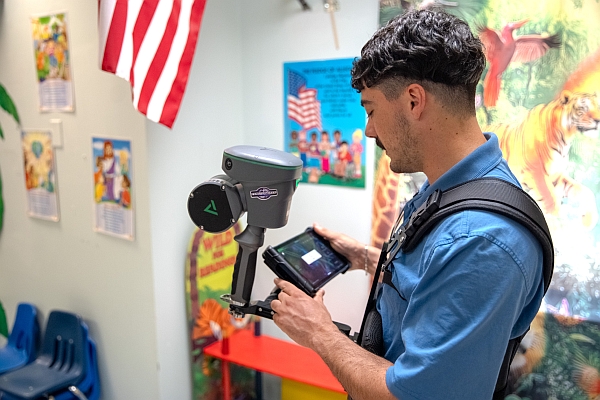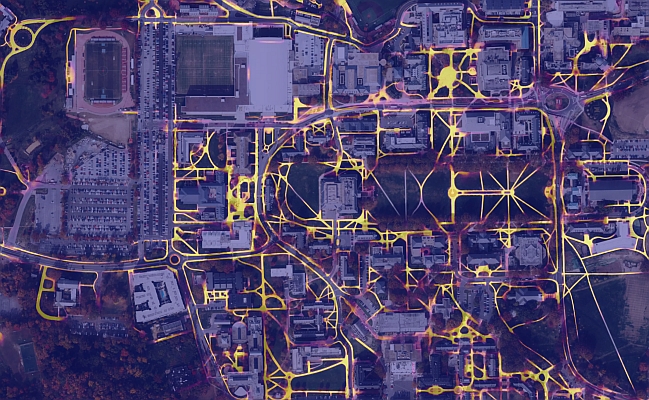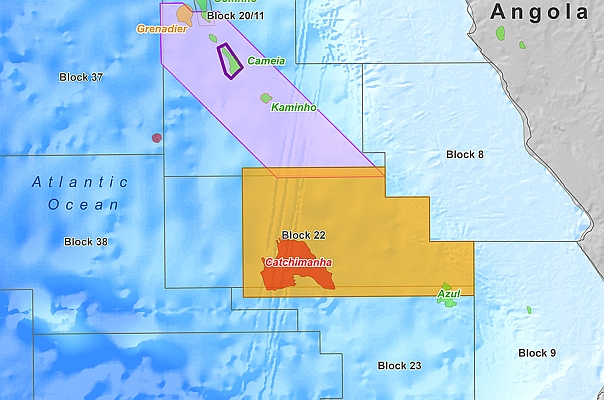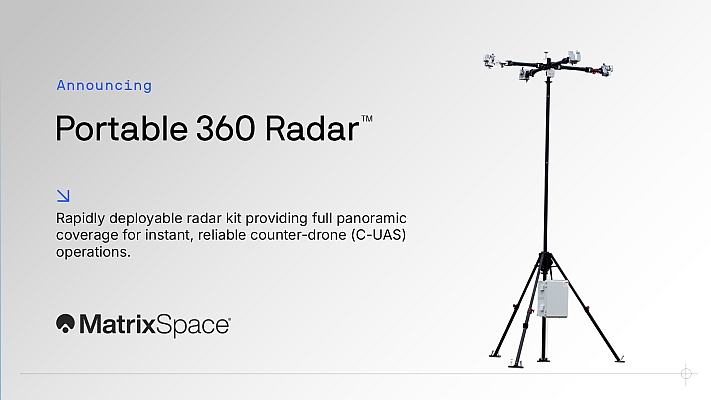Encinitas, California, has chosen ESRI’s ArcGIS Survey Analyst with Cadastral Editor software to improve the accuracy of its geographic information system (GIS) basemap and cadastral layers. More than 22 square miles of cadastral data and survey records will be accurately updated and integrated into the city’s enterprise GIS using functionality available in Cadastral Editor. Refining the city’s GIS basemap and cadastral layer will elevate the quality of government services for residents and better manage workflow, development, and growth issues for Encinitas city employees.
Cadastral Editor is a workflow inside ArcGIS Survey Analyst that enables users to add new parcels from subdivision plats, split parcels, add control points, and improve the spatial position of parcels without changing the original survey record data stored in the database. Cadastral Editor also stores cadastral survey records in a dataset called the cadastral fabric. The cadastral fabric is a layer of parcels representing multiple land record sources that are seamlessly connected and integrated. The Cadastral Editor capability of managing and continually enhancing the accuracy of cadastral and survey data is what caught the attention of David VanPelt, GIS project manager for the City of Encinitas.
“Many departments within the city rely on our GIS, so our basemap must be configured correctly,” says VanPelt. “The cadastral maps of the past were not created with the degree of care and precision that is required in today’s environment. They need to be more spatially accurate so they align better with our aerial photography, infrastructure, water, and sewage map layers in our GIS. Cadastral Editor is an easy solution to a complex problem. It is well designed and will help us build and maintain a new and robust cadastre that will continue to work effectively in our enterprise environment as our data improves.”






